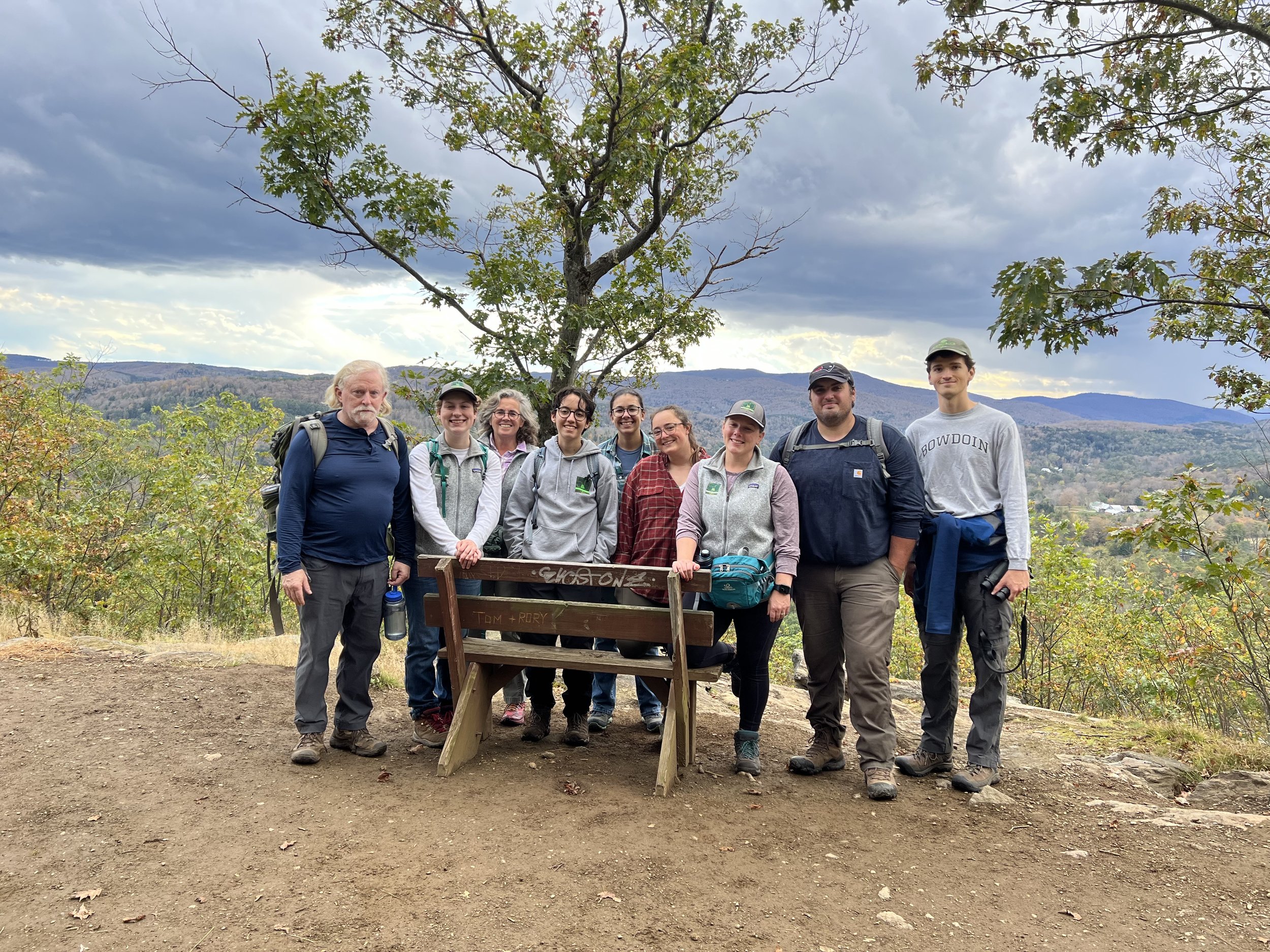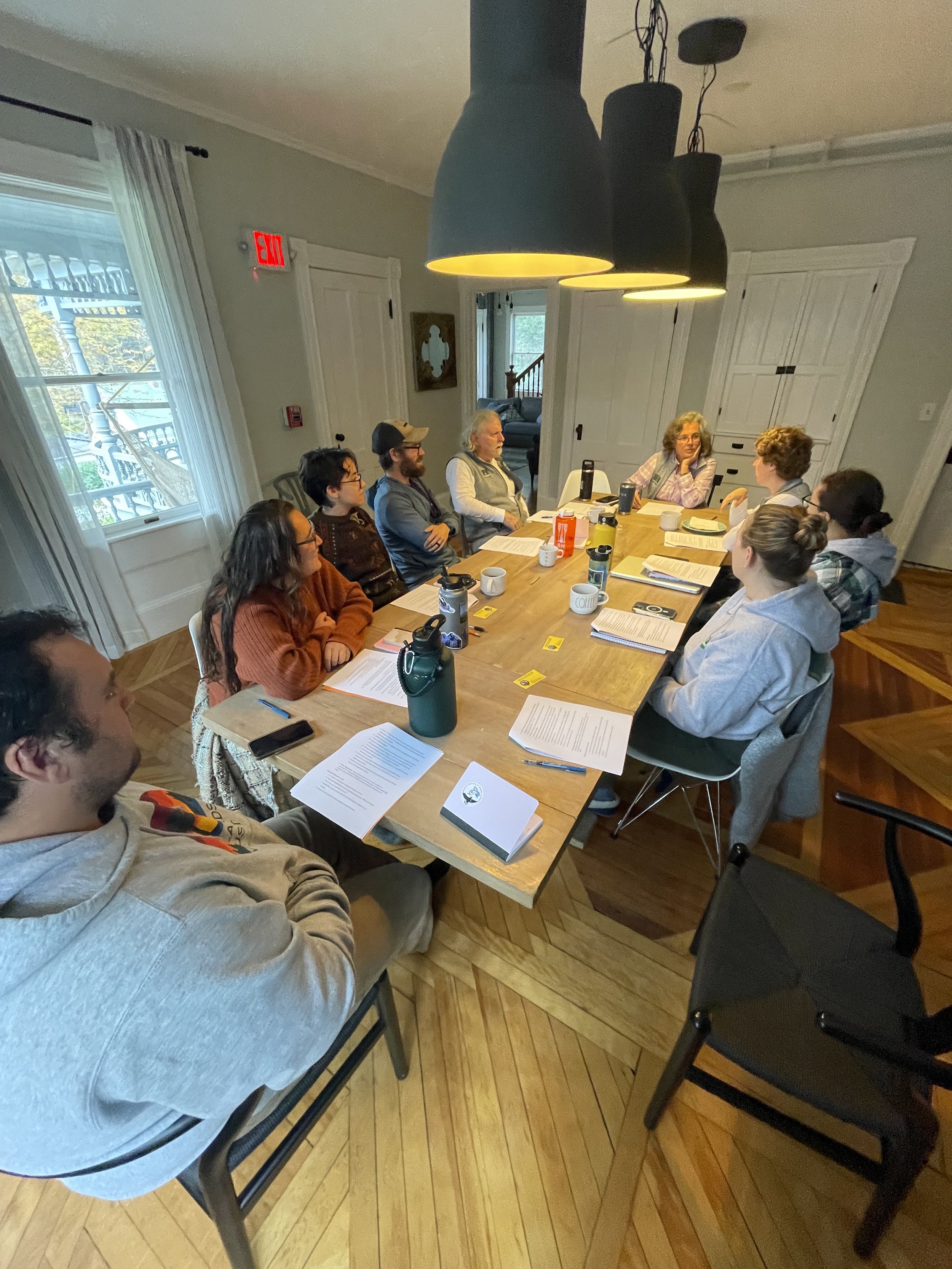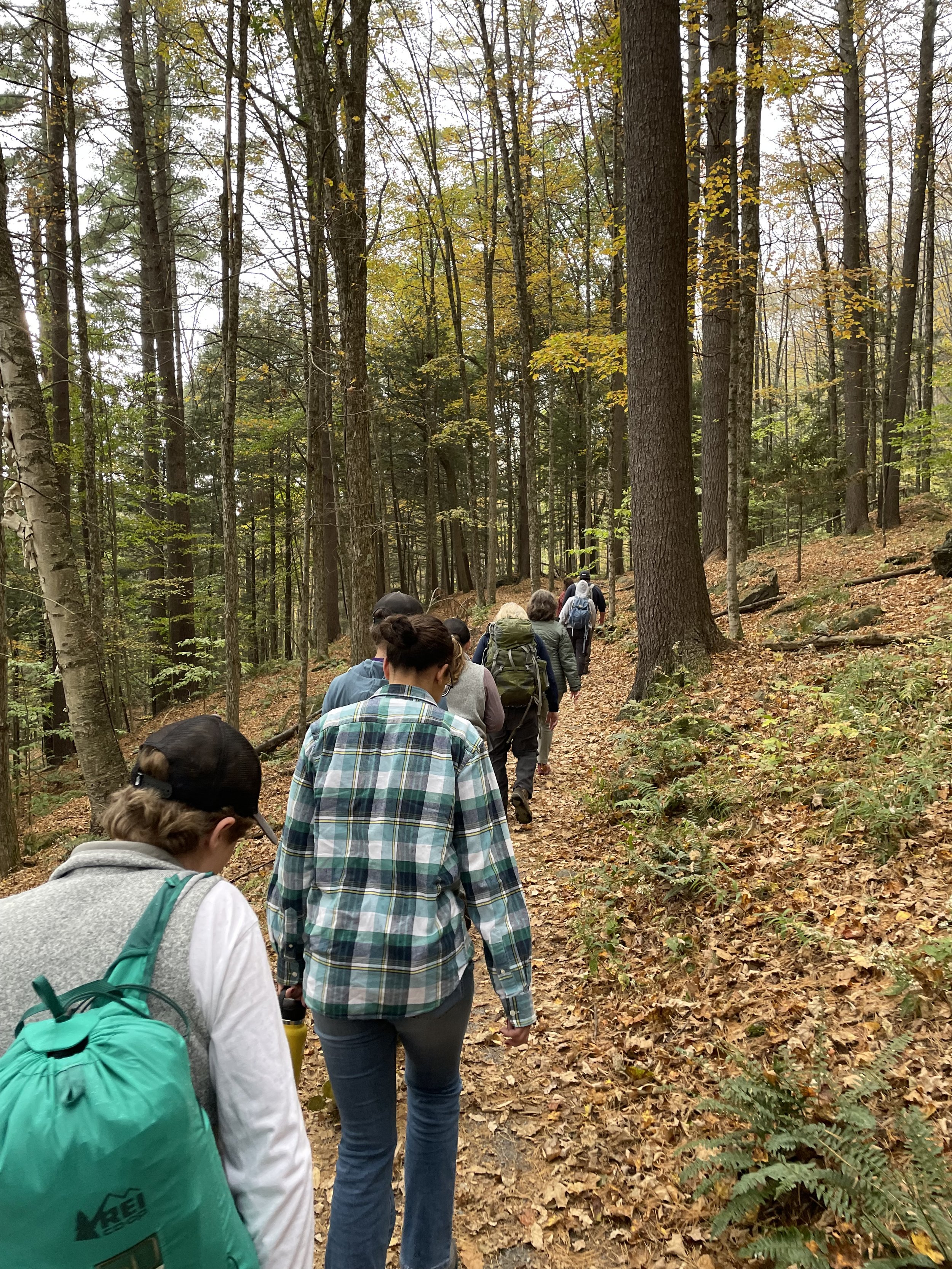Support us today so that Willow Brook Farm can continue to support us tomorrow.
For all that nature gives us—clean air and water, improved mental and physical health, diverse wildlife habitat, protection from heat waves and floods—it asks for little in return. When it does need our help, can it count on the Wildlands community?
Few places anywhere pack the same wealth of cultural and natural resources into a suburban setting as Willow Brook Farm, a Wildlands Trust showcase preserve in Pembroke. Comprising 167 wild acres just 30 miles south of Boston, Willow Brook Farm epitomizes the globally rare ecological diversity of the Herring Brook Valley. Each year, over 20,000 people explore Willow Brook’s field, forest, and wetland habitats to learn about the human and natural communities that have come and gone from the region.
“Willow Brook Farm is a special place,” said Wildlands President Karen Grey. “Whether you come here to walk your dog, go for a run, listen to the birds, or simply escape the stresses of daily life, Willow Brook has something for everyone.”
After 27 years serving the people and wildlife of Southeastern Massachusetts, Willow Brook Farm needs upgrades to bolster its safety and value for future generations. Tasks include replacing Willow Brook’s 400 yards of boardwalk, building three covered picnic tables, expanding wayfinding amenities, restoring historic meadow habitat, and improving the parking lot.
Unfortunately, improving public amenities in frequently flooded environments isn’t cheap: we estimate the restoration to cost $60,000.
“For many years, Wildlands staff and volunteers have made repairs at Willow Brook in a piecemeal way,” said Stewardship Operations Manager Owen Grey. “We’re now at the point where proactively addressing the underlying issue—natural decay of aging infrastructure—will save us significant time and resources in the long run. It also gives us an opportunity to improve and expand Willow Brook’s built infrastructure to match its natural beauty.”

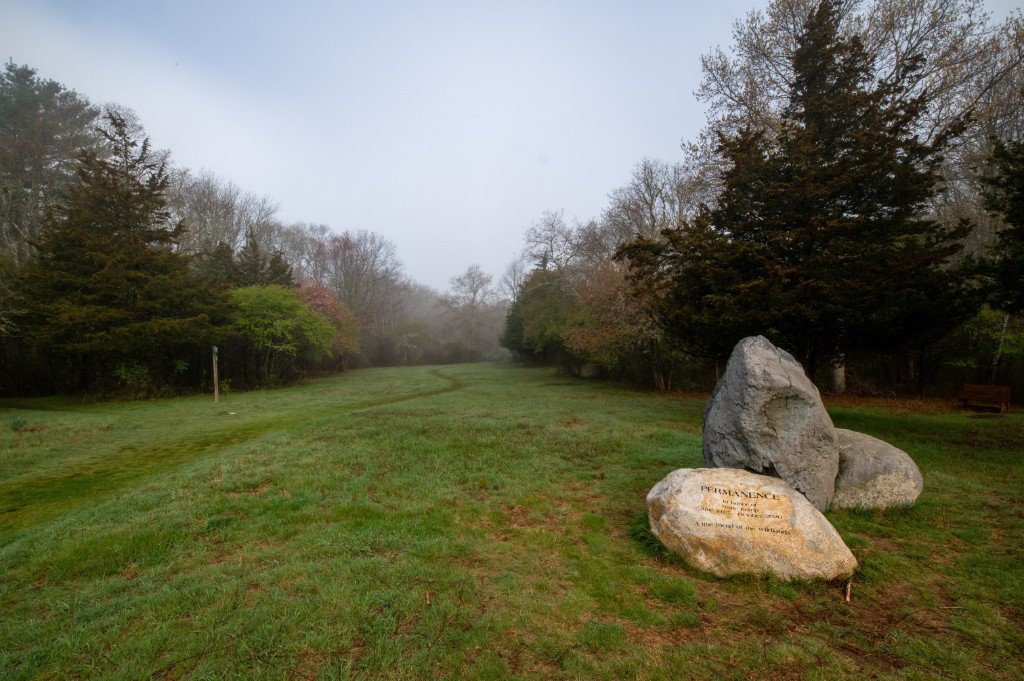
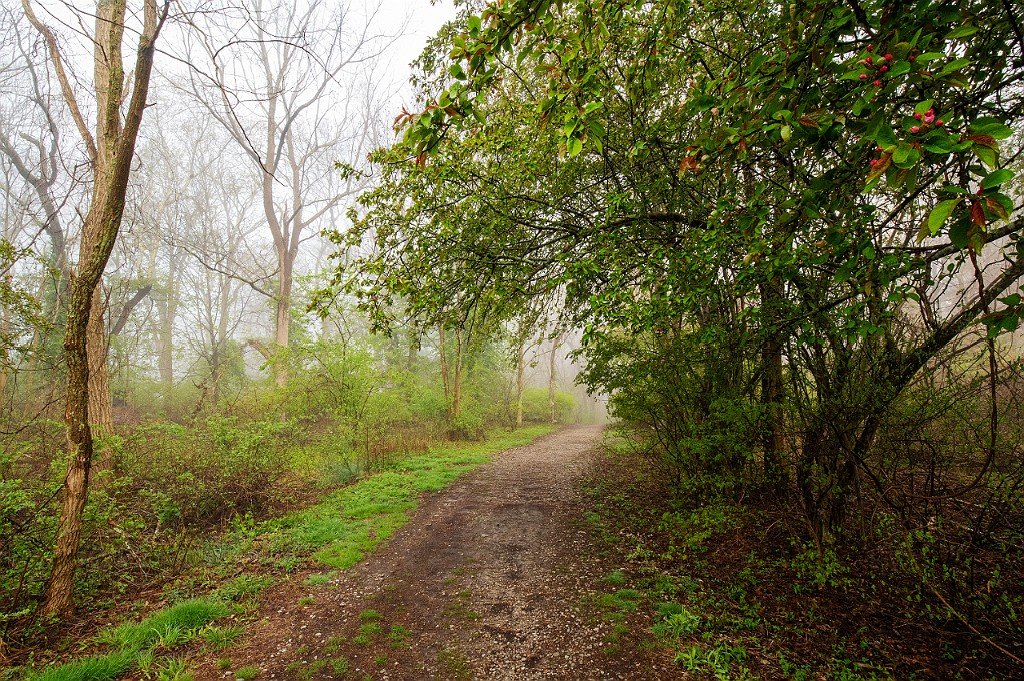
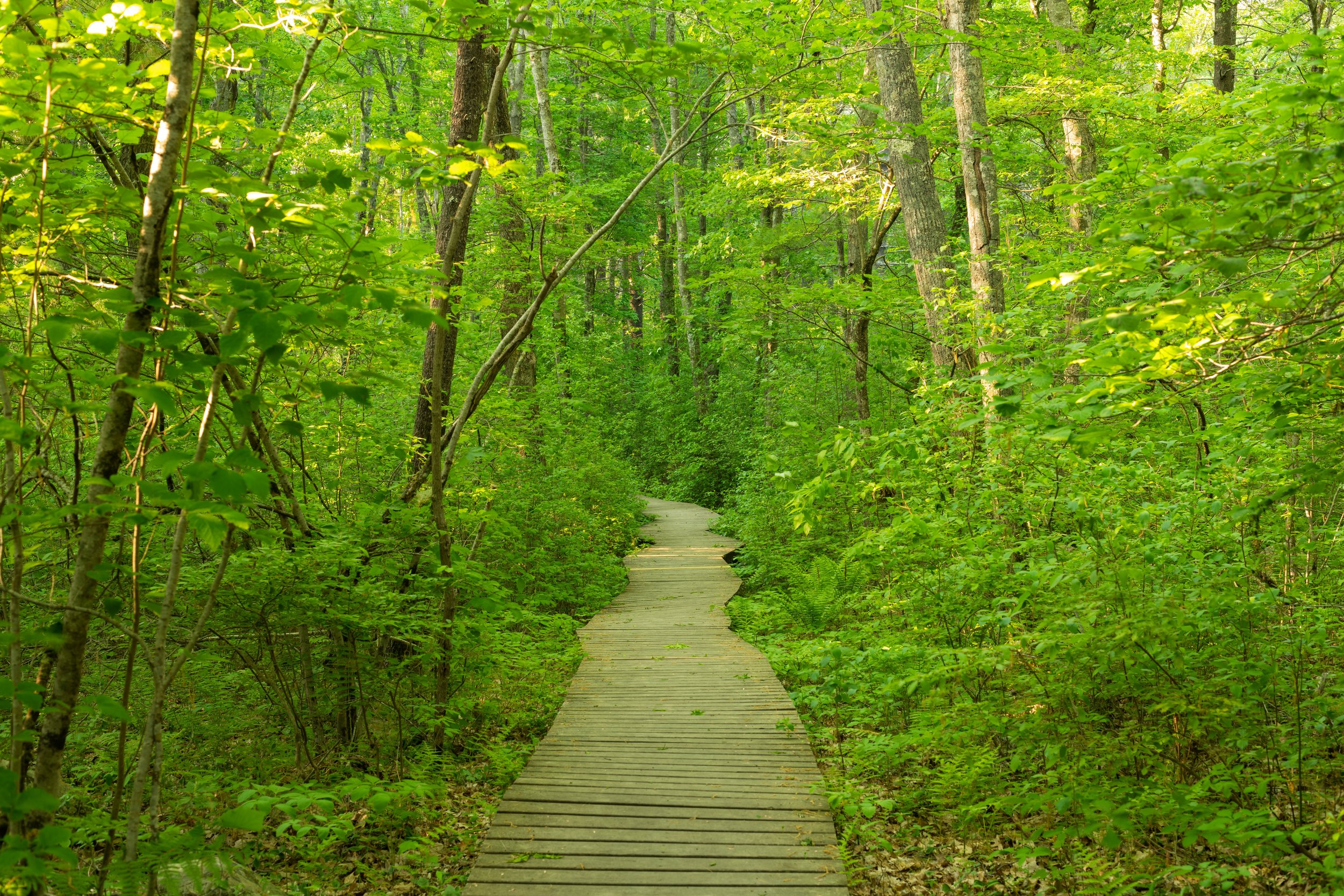
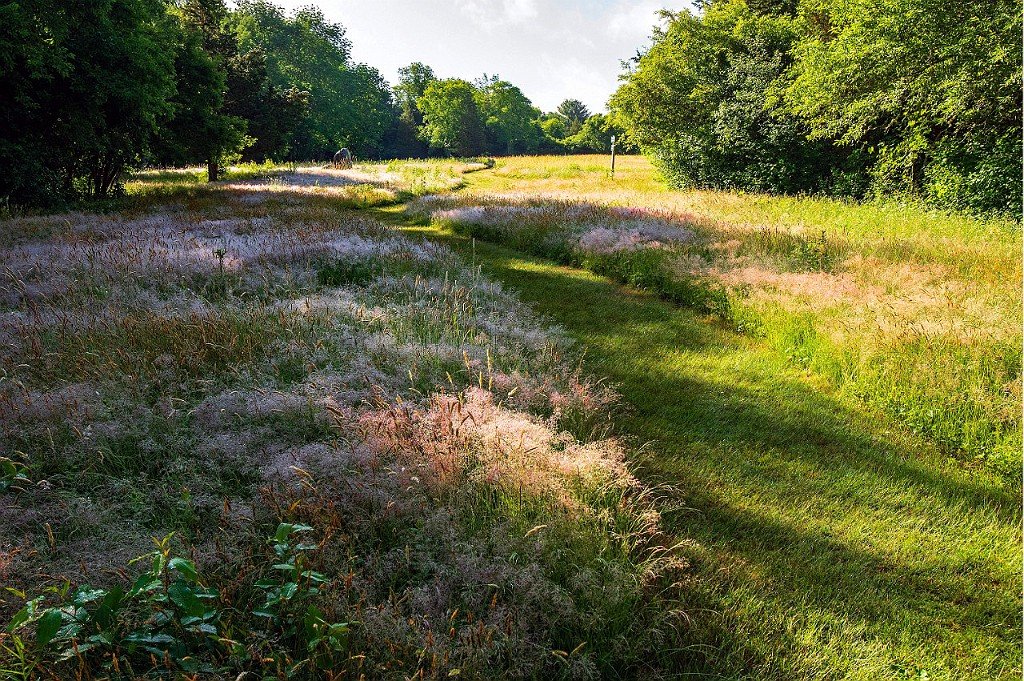
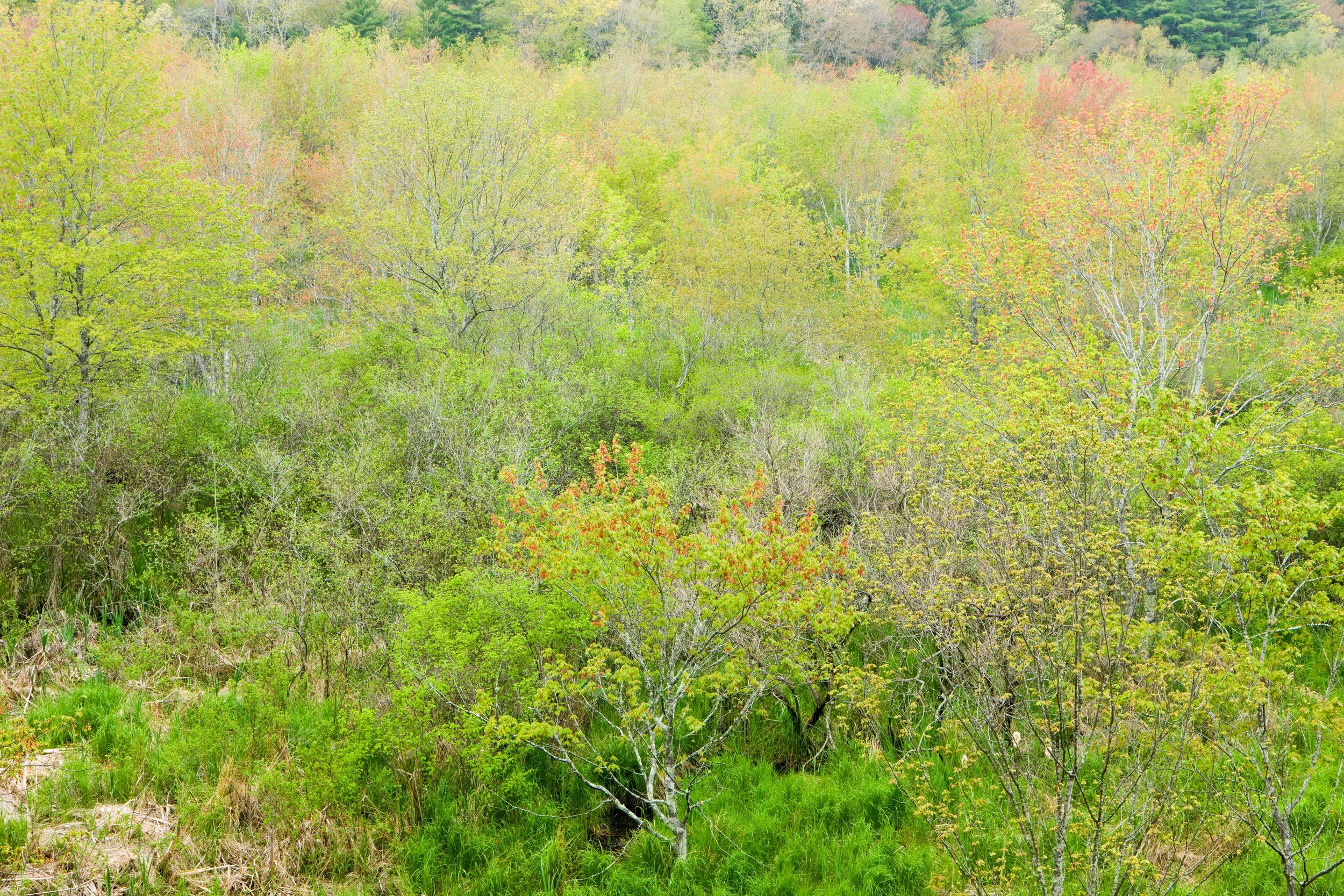
If you love Willow Brook Farm, we need your help! Wildlands Trust is seeking $20,000 in public donations to support this effort. An anonymous funder has agreed to a 2:1 match on every donation under $500 and a 1:1 match on all others, up to $40,000. That means you can triple your impact: a $50 donation will give us $150 to secure the future of this beloved preserve.
“This campaign is an opportunity for the local and regional community to come together over a shared interest in nature,” President Karen Grey concluded. “When places like Willow Brook thrive, we all thrive. I hope you will consider supporting this work.”
To donate, visit wildlandstrust.org/upgradewillowbrook. We also accept checks, stocks, and donor-advised funds.
Multiply your impact by sharing this campaign with your friends, family, and neighbors! Sign up for our E-News and follow us on Facebook and Instagram for updates and opportunities to get involved as our work at Willow Brook Farm continues.










